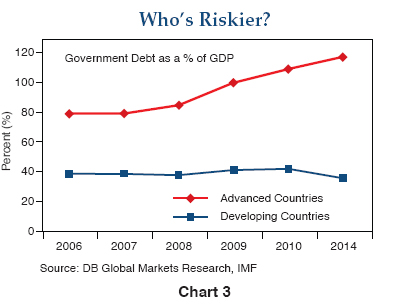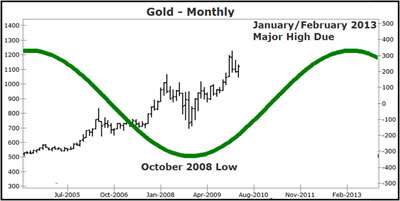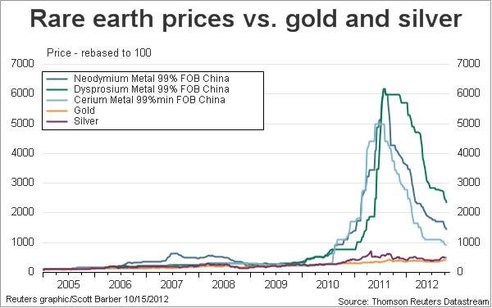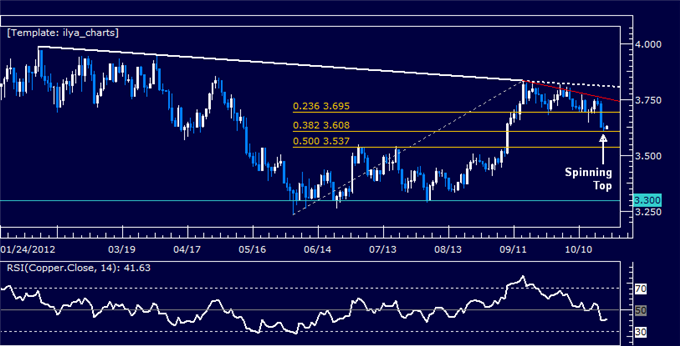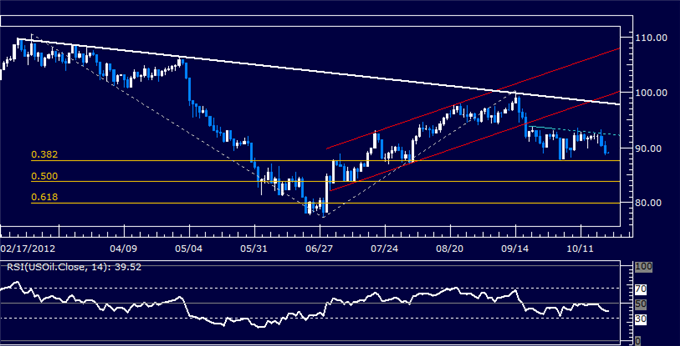You are not alone if you think it’s odd that Canada–the world’s ninth largest exporter of crude oil and petroleum products and the main supplier of oil imports to the United States–is itself a longtime oil importer, importing more than 40 percent of its oil needs this year.
The situation results from historical pipeline development which has left Canada without a major east-west pipeline to bring the huge surplus of oil produced in the western provinces–now primarily from tar sands–to the eastern part of the country. The country’s provinces from Ontario eastward currently import a little more than 60 percent of their oil needs from overseas. That may be set to change.
Winston Churchill once said, “You can always count on Americans to do the right thing–after they’ve tried everything else.” It seems he could have been talking about the Canadians and their oil predicament. Earlier this year TransCanada, a major pipeline company, proposed expanding the current pipeline system known as Keystoneto carry more western Canadian crude to America’s Gulf Coast. But, the pipeline giant was rebuffed by the Obama Administration in an election-year gambit to satisfy environmentalists concerned about the impact of tar sands development on climate change and water quality. Enbridge, another Canadian pipeline company, has proposed the so-called Northern Gateway pipeline route from the tar sands to the British Columbia coast. From there the oil would be exported to satisfy growing Asian demand. But practically everyone along the Northern Gateway route has lined up against it including the British Columbian premier.
Now, yet another route is being considered, one that would allow TransCanada to live up to its name. The company’s latest proposal would take an east-west natural gas pipeline which is now being underused and convert it into an oil pipeline to bring western Canadian crude to currently import-dependent eastern Canada. The plan, which will require regulatory approval, may not face the stiff opposition that the other two projects faced since this pipeline is largely complete. It would require only some additional work to convert it and link it to refineries and storage depots.
Related Article: The Alamo II: Texans Up in Arms over TransCanada Land Grab
The result would be a flow of up to 1 million barrels per day of oil to eastern Canada, more than enough to displace all of Canada’s current imports and possibly allow for exports of crude oil from the eastern seaboard. Canadians would still be subject to world oil prices since oil would remain a global commodity that can be shipped to the highest bidder. But, the country would no longer be vulnerable to supply disruptions from abroad and would be in a position to prevent exports if a national emergency warranted it.
With this change Canada would move closer to true energy independence. It currently exports electricity to the United States and imports only a tiny amount of U.S. electricity due to historical infrastructure or regional rate differentials. Canada is the world’s second largest producer of uranium, providing 17 percent of global supply in 2011. Therefore, the country does not need to import any for use in its own nuclear power plants. In 2011 Canada was the world’s 14th largest producer of coal and exported about 30 percent of its production. Some imports were recorded. The long border with the United States, a major coal producer, sometimes makes U.S. imports more economical depending on the type of coal and the shipping distances. When it comes to natural gas, however, Canada’s National Energy Board reports that while the country produces 70 percent more than it needs, it still imports the equivalent of 31 percent of its consumption–even as it exports the equivalent of 100 percent of Canadian consumption to the United States. As with oil, historical pipeline infrastructure dictates this unusual arrangement. But that is a story for a future piece.
The oil industry has been working on a way to get growing volumes of oil out of western Canada cheaply for some time. And, the cheapest way is via pipeline. Producers have been suffering steep discounts to world prices with Western Canadian Select crude oil futures trading in New York at a discount of about $20 per barrel compared to American Light Sweet Crude which itself has been trading at approximately a $20 discount to Brent Crude in Europe. So, the total discount to prevailing world prices for western Canadian crude is currently around $40. It’s easy to see why the industry is anxious for a pipeline that will allow it take advantage of higher world prices.
Related Article: President Obama Says That We Have Enough Pipelines – I Disagree!
With opposition running strong against the two alternatives, the oil industry may be forced to consider the TransCanada pipeline conversion proposal to ship oil to eastern Canada, a proposal that happens to coincide with Canada’s national interest. But don’t expect to hear industry executives whistling “O Canada” at their desks just yet. It’s not clear how much support the project will find among those executives.
That support will be critical because the current Canadian government, which must approve the project, has shown itself congenitally incapable of distinguishing between the national interest and the interests of international oil companies. Therefore, the government isn’t likely to force the project on the industry even if the pipeline would be a good idea for Canada as a whole. However, if the oil industry ends up embracing the project, the Canadian government will almost certainly rubber-stamp it. And thus, the government and the industry may inadvertently end up doing what has for a very long time been within Canada’s grasp and in its best interest, namely, to free the country from imported oil.
By. Kurt Cobb





